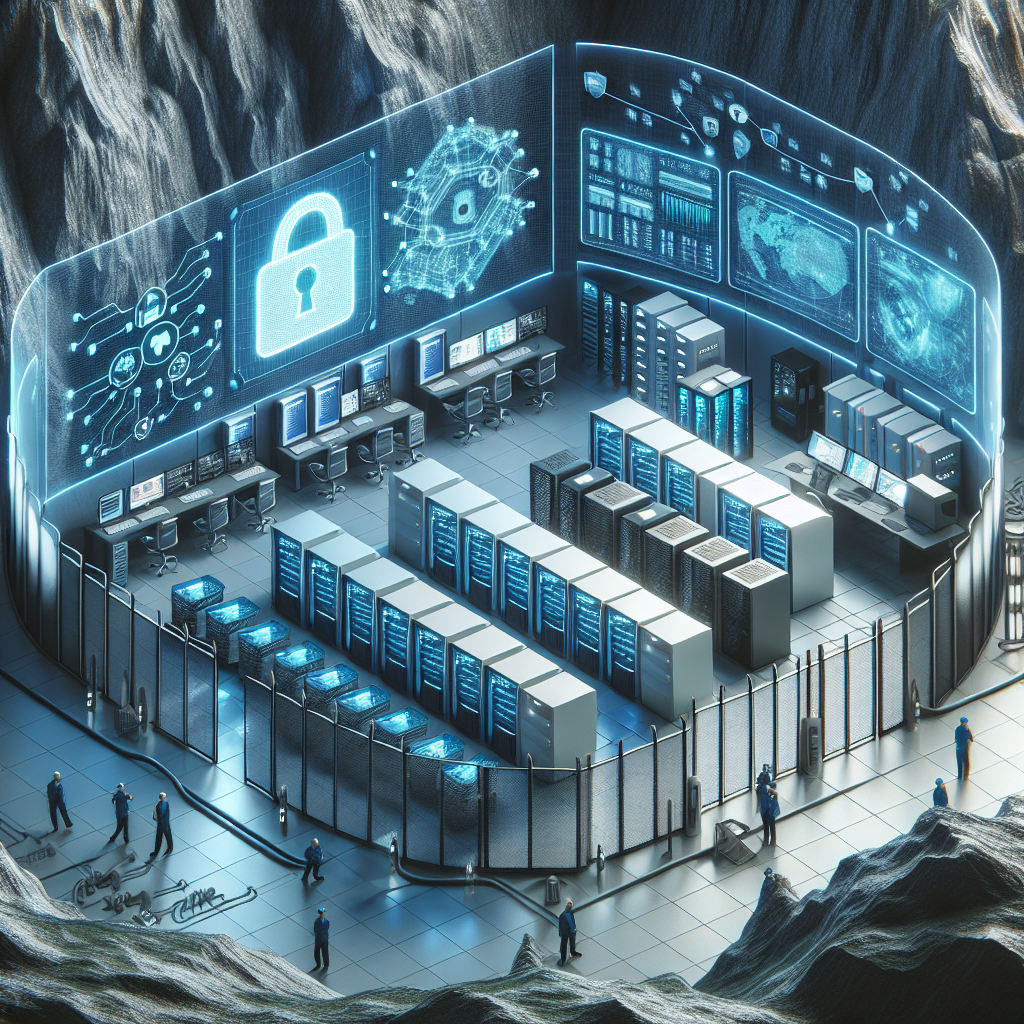Your cart is currently empty!
Tag: Addressing

The Ethical Implications of Generative AI: Addressing Concerns and Challenges
Generative AI, also known as artificial intelligence that can create content autonomously, has the potential to revolutionize various industries such as marketing, design, and entertainment. However, with this groundbreaking technology comes a host of ethical implications that must be addressed to ensure that it is used responsibly and ethically.One of the primary concerns with generative AI is the potential for misuse, such as the creation of fake news, propaganda, or malicious content. This raises questions about the credibility and authenticity of content generated by AI, and the potential impact it could have on society. It is crucial for developers and users of generative AI to establish guidelines and protocols to verify the accuracy and legitimacy of AI-generated content.
Another ethical concern is the potential for bias in generative AI algorithms. AI systems are only as good as the data they are trained on, and if that data is biased or flawed, it can lead to discriminatory outcomes. For example, a generative AI system trained on biased data may produce content that perpetuates harmful stereotypes or prejudices. Developers must be vigilant in ensuring that their AI systems are trained on diverse and inclusive datasets to mitigate bias in their output.
Privacy is also a significant ethical consideration when it comes to generative AI. As AI systems become more sophisticated and capable of generating highly personalized content, there is a risk of infringing on individuals’ privacy rights. For example, AI-generated content could potentially reveal sensitive personal information or preferences without the individual’s consent. It is essential for developers to prioritize data privacy and security in the development and deployment of generative AI systems.
Furthermore, there are concerns about the potential impact of generative AI on the job market and the workforce. As AI systems become more adept at generating content, there is a risk of displacing human workers in industries that rely heavily on creative or content creation. It is crucial for policymakers and business leaders to consider the implications of AI on employment and to implement strategies to retrain and upskill workers who may be affected by automation.
In conclusion, the ethical implications of generative AI are complex and multifaceted, requiring careful consideration and proactive measures to address concerns and challenges. Developers, policymakers, and stakeholders must work together to ensure that generative AI is used responsibly, ethically, and in a manner that benefits society as a whole. By establishing clear ethical guidelines and safeguards, we can harness the potential of generative AI while mitigating its potential risks and ensuring a more ethical and equitable future.
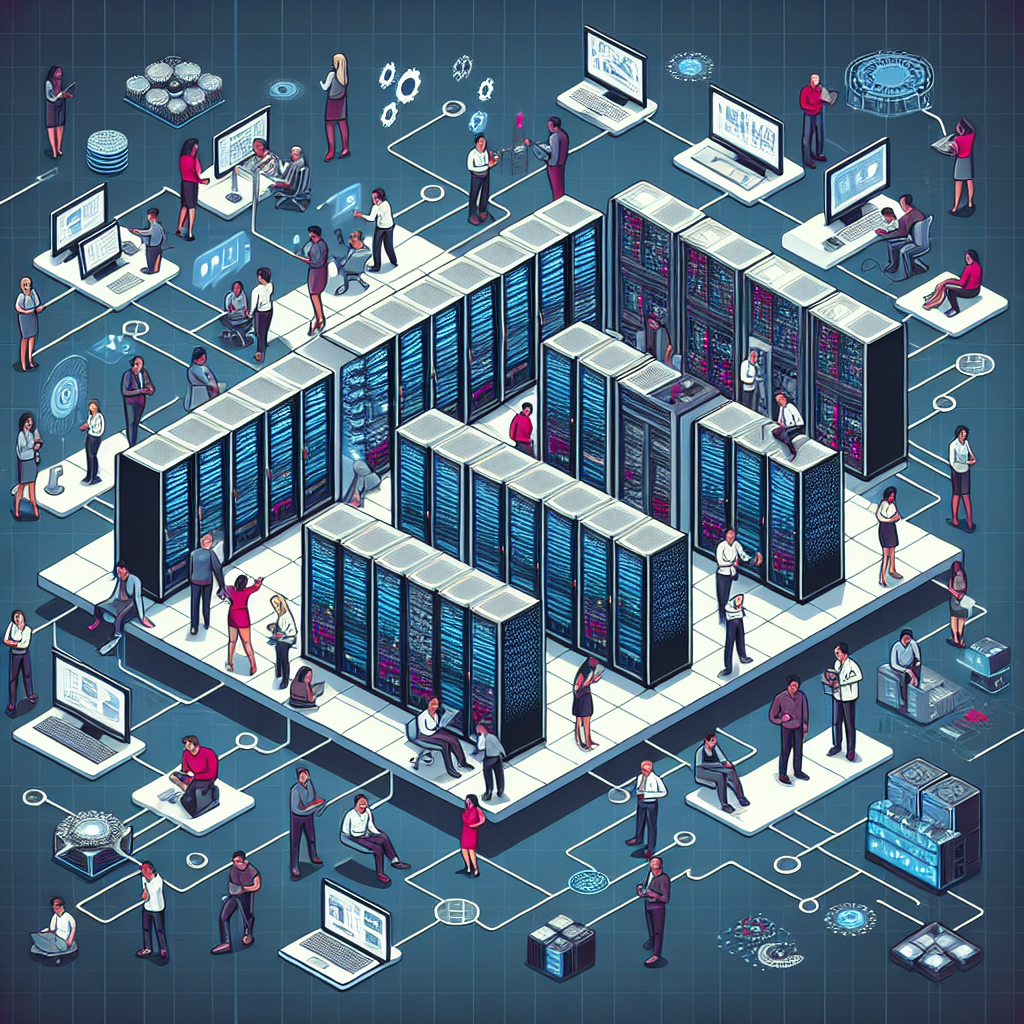
Addressing Challenges in Data Center Vendor Management
Data centers are the backbone of modern businesses, providing the infrastructure and resources needed to store, process, and manage vast amounts of data. However, managing a data center effectively requires careful oversight of the vendors that provide the equipment, services, and support needed to keep the facility running smoothly.Vendor management is a critical aspect of data center operations, as it ensures that the data center has access to the right resources at the right time. However, managing vendors can be a complex and challenging task, as data centers often rely on multiple vendors to provide different services and technologies. This can create a number of challenges that data center managers must address in order to ensure the smooth operation of their facilities.
One of the key challenges in data center vendor management is ensuring that vendors deliver on their commitments and meet service level agreements. Data centers rely on vendors to provide critical equipment and services, and any delays or failures in delivery can have a significant impact on the operation of the facility. To address this challenge, data center managers must establish clear expectations and performance metrics with vendors, and regularly monitor and evaluate their performance to ensure that they are meeting their obligations.
Another challenge in data center vendor management is managing vendor relationships effectively. Data centers often work with a large number of vendors, each providing different services and technologies. Managing these relationships can be complex, as data center managers must balance the need to maintain good relationships with vendors while also holding them accountable for their performance. To address this challenge, data center managers should establish clear communication channels with vendors, regularly communicate expectations and feedback, and work to build strong partnerships based on mutual trust and respect.
Data center vendor management also requires careful attention to cost management. Data centers can be expensive to operate, and managing vendor costs is a critical aspect of ensuring the financial health of the facility. Data center managers must carefully evaluate vendor pricing and contracts, negotiate favorable terms, and regularly review vendor performance to ensure that they are providing value for the cost. By carefully managing vendor costs, data center managers can ensure that their facilities remain financially sustainable and competitive in the long term.
In conclusion, data center vendor management is a critical aspect of data center operations that requires careful attention and oversight. By addressing challenges such as ensuring vendor performance, managing vendor relationships, and controlling costs, data center managers can ensure that their facilities operate efficiently and effectively. By implementing best practices in vendor management, data center managers can maximize the value of their vendor relationships and ensure the long-term success of their facilities.
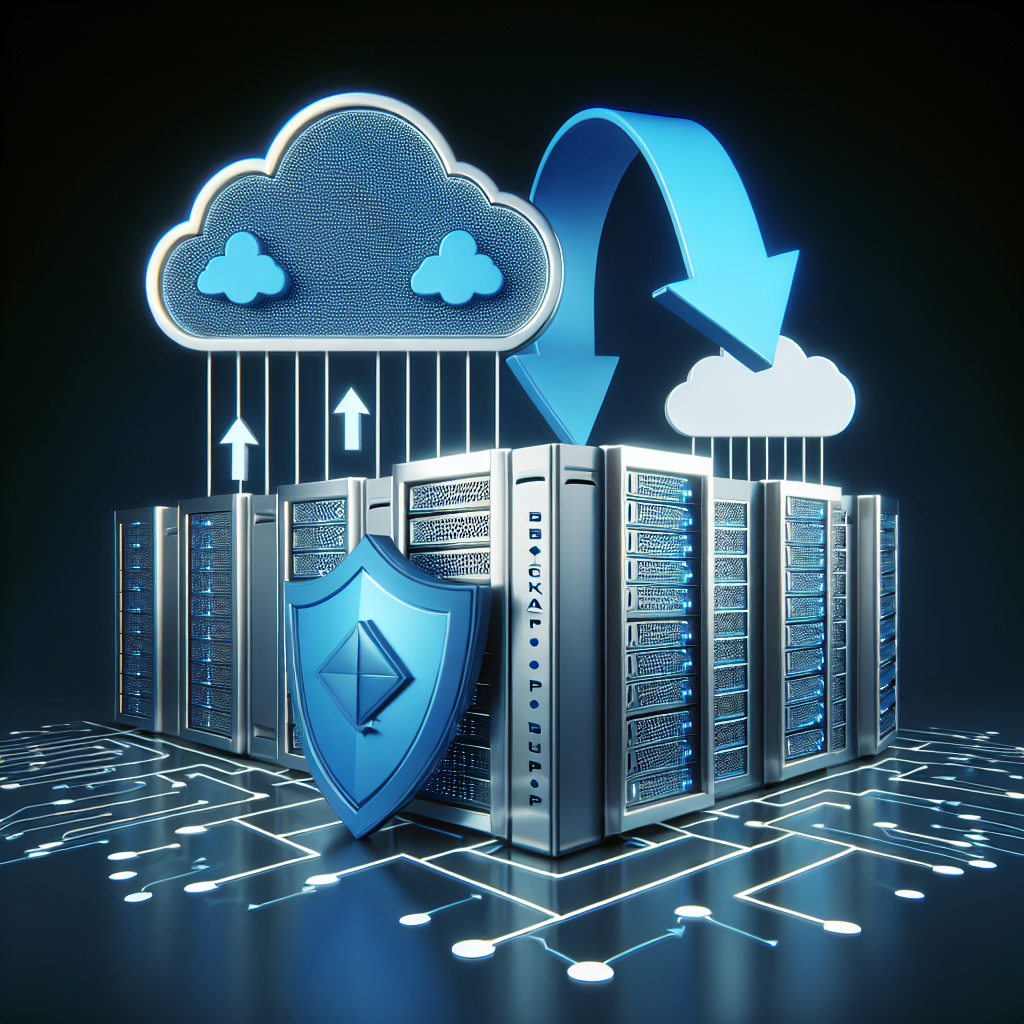
Data Center Backup and Recovery: Addressing the Challenges of Data Loss and Downtime
In today’s digital age, data is one of the most valuable assets for businesses. From customer information to financial records, companies rely on their data to make informed decisions and drive their operations. However, with the increasing volume of data being generated and stored, the risk of data loss and downtime has also grown exponentially.Data loss can occur due to a variety of reasons, including hardware failure, human error, cyberattacks, and natural disasters. When data is lost, businesses can face severe consequences, including financial loss, reputational damage, and legal implications. This is why having a robust data center backup and recovery strategy is crucial for ensuring business continuity and protecting valuable information.
Data center backup involves creating copies of data and storing them in a separate location to safeguard against data loss. This practice ensures that even if the primary data is compromised, businesses can restore their operations quickly and minimize downtime. However, implementing an effective backup strategy is not without its challenges.
One of the key challenges of data center backup is the sheer volume of data that needs to be backed up. As data continues to grow exponentially, traditional backup methods may not be sufficient to handle the scale and complexity of modern data centers. Businesses need to invest in scalable backup solutions that can accommodate their growing data needs and ensure that all critical data is protected.
Another challenge is the need for fast and reliable data recovery. In the event of data loss, businesses cannot afford to wait hours or days to recover their data. Downtime can result in lost revenue, frustrated customers, and damaged reputation. Therefore, businesses need to have a recovery plan in place that allows them to quickly restore their data and resume operations without disruption.
Cybersecurity is also a major concern when it comes to data center backup and recovery. With the increasing frequency and sophistication of cyberattacks, businesses need to ensure that their backup data is secure from unauthorized access. Implementing encryption, access controls, and regular security audits are essential to protect backup data from cyber threats.
In conclusion, data center backup and recovery are critical components of a comprehensive data protection strategy. By addressing the challenges of data loss and downtime, businesses can ensure that their valuable data is safe and secure, even in the face of unforeseen events. Investing in scalable backup solutions, fast recovery processes, and robust cybersecurity measures will help businesses mitigate the risks associated with data loss and downtime and maintain business continuity.
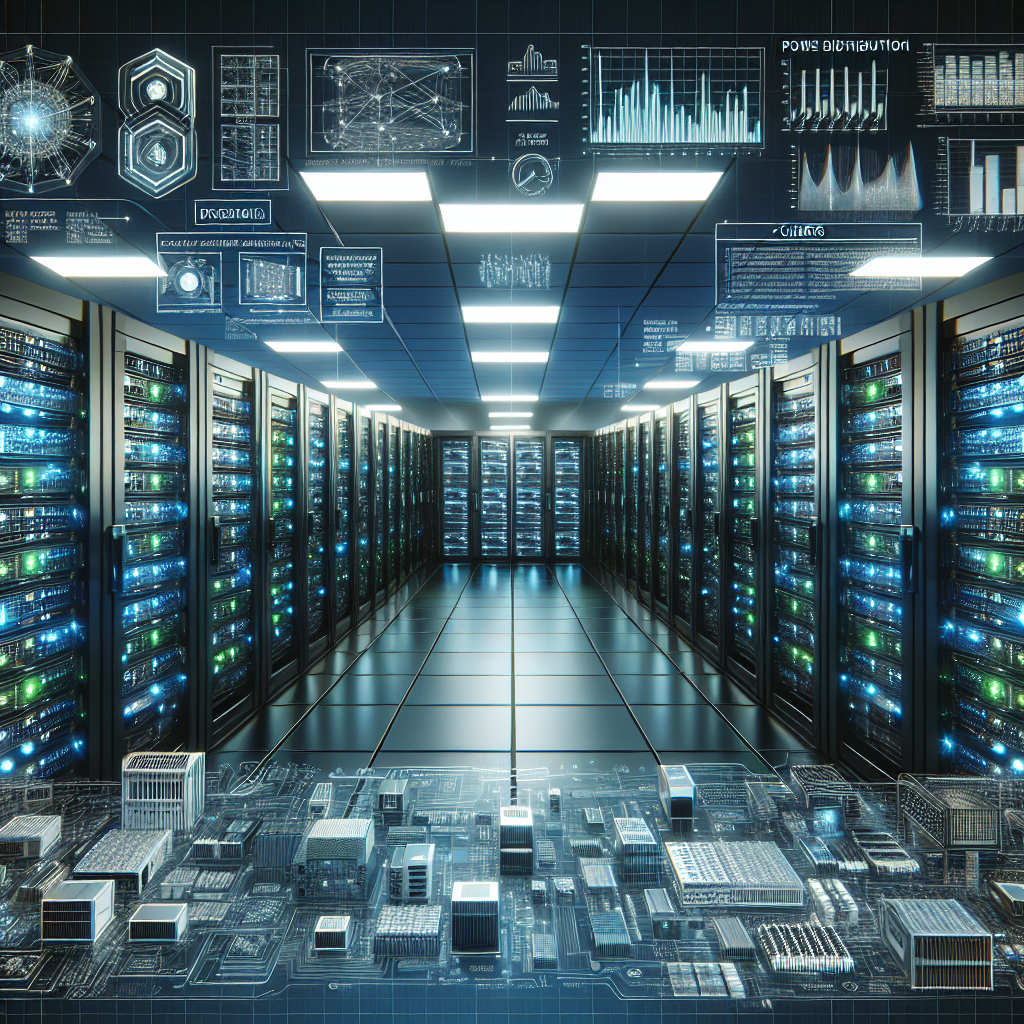
Addressing Power Distribution Challenges in High-Density Data Centers
As the demand for data storage and processing continues to grow exponentially, high-density data centers are becoming increasingly common. These facilities house large amounts of servers and networking equipment in a relatively small space, which presents unique challenges when it comes to power distribution.One of the biggest challenges in high-density data centers is ensuring that there is enough power to meet the needs of all the equipment housed within the facility. This requires careful planning and design to ensure that the power infrastructure can support the high power densities required by modern servers and networking equipment.
One common solution to this problem is the use of high-density power distribution units (PDUs) that can deliver large amounts of power to a small number of devices. These PDUs are typically installed in a rack or cabinet and connect to a high-capacity power source, such as a large UPS or generator. By consolidating power distribution in this way, data center operators can more effectively manage power consumption and ensure that all equipment has access to the power it needs.
Another challenge in high-density data centers is managing heat generated by the high-power equipment. As servers and networking gear consume more power, they also generate more heat, which can lead to overheating and equipment failure if not properly managed. To address this challenge, data center operators must implement effective cooling systems, such as hot aisle/cold aisle containment, in-row cooling units, or liquid cooling solutions. By efficiently removing heat from the data center environment, operators can ensure that equipment operates at optimal temperatures and avoid costly downtime.
In addition to power and cooling challenges, high-density data centers also face issues related to power redundancy and reliability. In a high-density environment, even a brief power outage can have serious consequences, potentially causing data loss or downtime. To address this, data center operators must implement redundant power distribution paths, such as dual power feeds from separate utility sources or redundant UPS systems. These redundant systems ensure that power is always available to critical equipment, even in the event of a failure in the primary power source.
Overall, addressing power distribution challenges in high-density data centers requires careful planning, design, and implementation of power infrastructure and cooling systems. By investing in high-capacity PDUs, efficient cooling systems, and redundant power distribution paths, data center operators can ensure that their facilities can meet the demands of modern high-power computing equipment and maintain high levels of reliability and uptime.
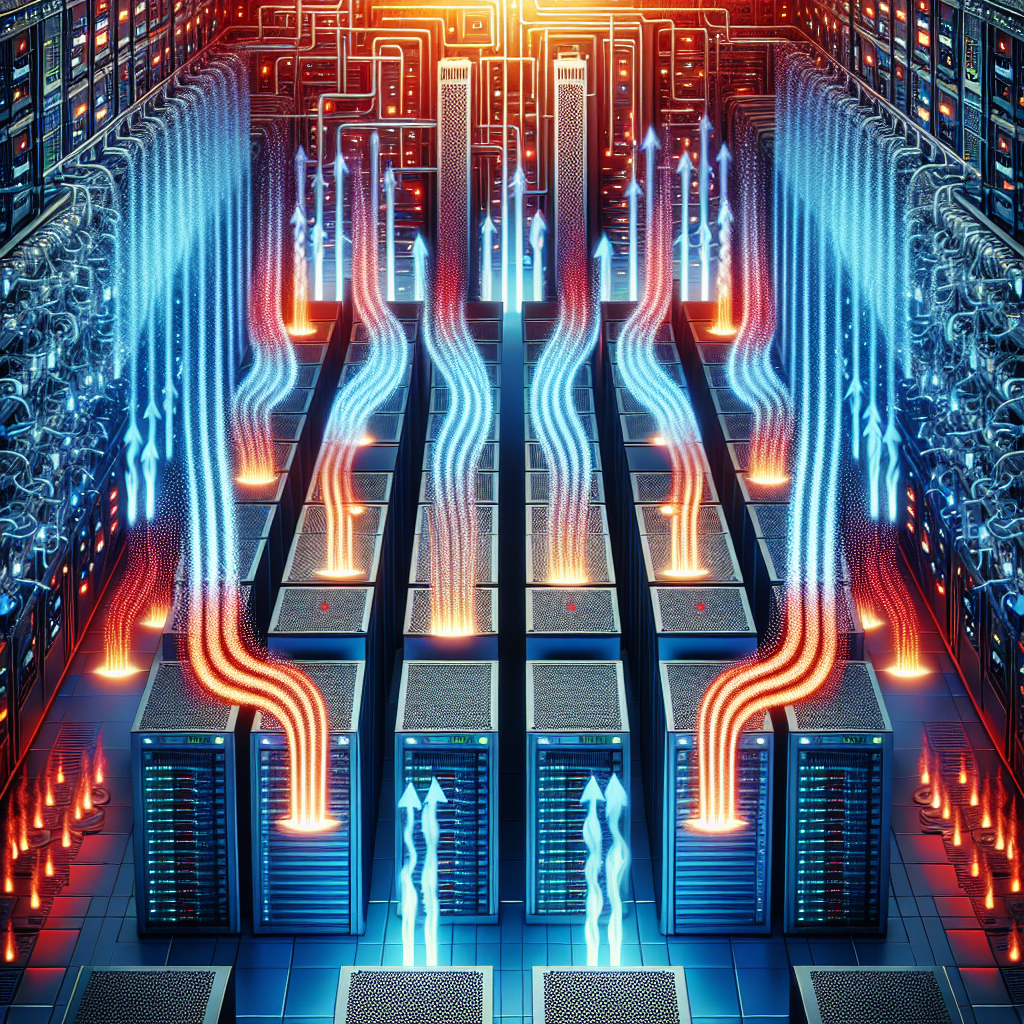
Addressing the Challenges of Cooling High-Density Data Centers
As technology continues to advance at a rapid pace, the demand for data centers is also increasing. Data centers are essential for storing and processing large amounts of data, but they also require a significant amount of cooling to prevent overheating. In high-density data centers, where servers are packed closely together, addressing the challenges of cooling becomes even more critical.One of the main challenges of cooling high-density data centers is the amount of heat generated by the servers. As more servers are packed into a smaller space, the heat output increases, creating hot spots that can lead to equipment failure and downtime. Traditional cooling systems may not be sufficient to keep up with the cooling demands of high-density data centers, leading to inefficiencies and increased operating costs.
To address these challenges, data center managers are turning to innovative cooling solutions that are specifically designed for high-density environments. One such solution is liquid cooling, which involves circulating a coolant through servers to dissipate heat more efficiently. Liquid cooling systems can be more effective than traditional air-cooling systems, as they can remove heat directly from the source and distribute it more evenly throughout the data center.
Another option for cooling high-density data centers is the use of containment systems, such as hot and cold aisle containment. These systems help to separate hot and cold air streams, reducing the mixing of hot and cold air and improving the overall efficiency of the cooling system. By containing the hot air generated by servers and directing it away from the cold aisles, containment systems can help to maintain a consistent temperature throughout the data center.
In addition to liquid cooling and containment systems, data center managers can also implement other energy-efficient cooling strategies, such as using free cooling when ambient temperatures are low, optimizing airflow management, and implementing thermal management technologies. By taking a holistic approach to cooling high-density data centers, data center managers can improve energy efficiency, reduce operating costs, and ensure the reliability of their data center infrastructure.
In conclusion, cooling high-density data centers presents unique challenges that require innovative solutions. By implementing advanced cooling technologies and strategies, data center managers can effectively address these challenges and ensure the optimal performance of their data center infrastructure. With the increasing demand for data storage and processing capabilities, it is essential for data center managers to prioritize cooling solutions that are tailored to the specific needs of high-density environments. By investing in efficient cooling systems, data center managers can not only improve the reliability and performance of their data centers but also reduce energy consumption and operating costs in the long run.
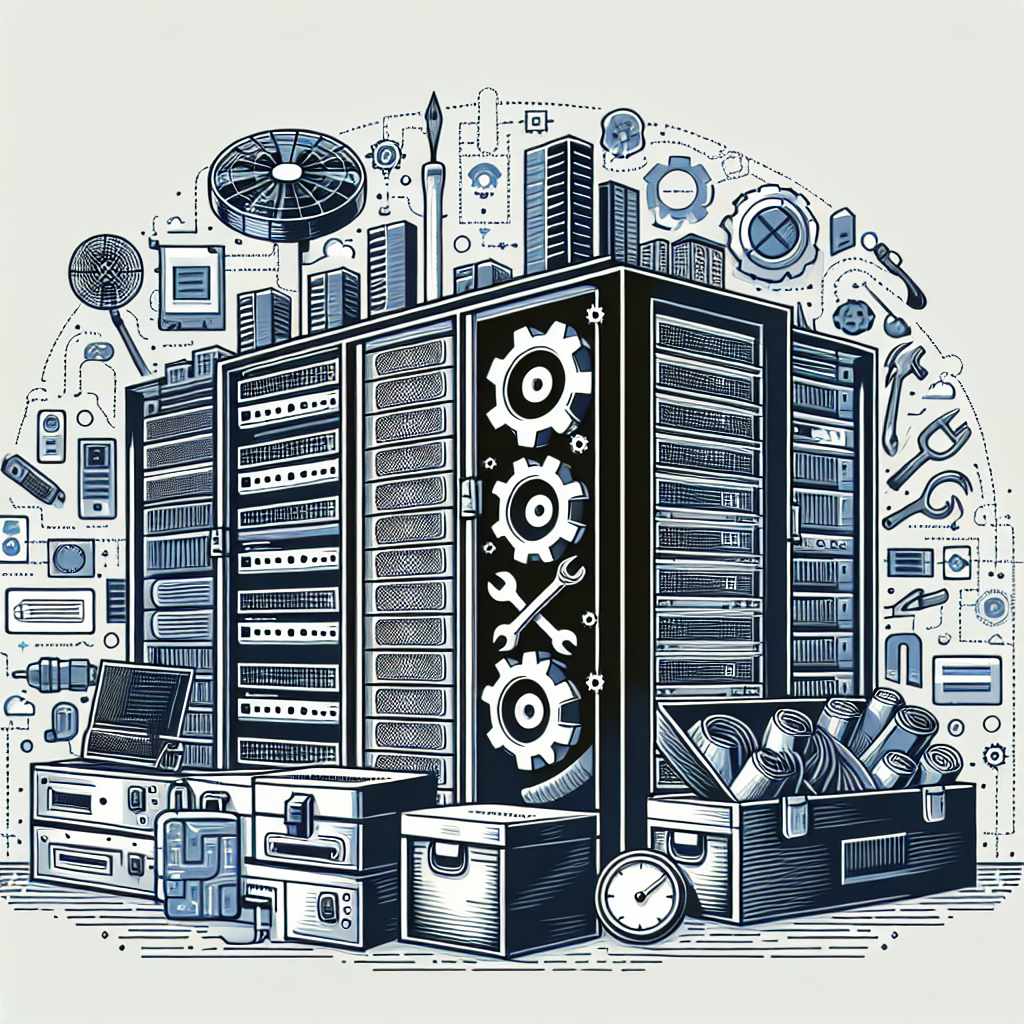
Best Practices for Addressing Data Center Issues
Data centers are the heart of any organization’s IT infrastructure, housing critical hardware, software, and data that keep businesses running smoothly. However, even the most well-maintained data centers can experience issues from time to time. It is important for organizations to have best practices in place to address these issues quickly and effectively in order to minimize downtime and ensure the smooth operation of their IT systems.One of the best practices for addressing data center issues is to regularly monitor and maintain the equipment and systems within the data center. This includes conducting routine inspections, performing firmware updates, and checking for any signs of wear or damage. By proactively identifying and addressing potential issues before they escalate, organizations can prevent costly downtime and disruptions to their operations.
Another best practice is to have a comprehensive disaster recovery plan in place. This plan should outline the steps to be taken in the event of a data center outage or other critical issue, including how to quickly restore operations and minimize the impact on the business. Regularly testing and updating this plan is crucial to ensure that it remains effective in the face of changing technology and business needs.
Additionally, organizations should invest in redundant systems and backup solutions to mitigate the impact of data center issues. This includes having backup power sources, redundant network connections, and offsite data storage to ensure that critical data and systems can be accessed even in the event of a data center failure.
It is also important for organizations to have a team of skilled IT professionals who are trained to quickly identify and address data center issues. This team should be well-versed in the latest technologies and best practices for data center management, and should be able to work together efficiently to resolve issues and minimize downtime.
In conclusion, addressing data center issues requires a proactive approach that includes regular monitoring and maintenance, a comprehensive disaster recovery plan, redundant systems and backups, and a skilled team of IT professionals. By following these best practices, organizations can ensure the smooth operation of their data centers and minimize the impact of any issues that may arise.
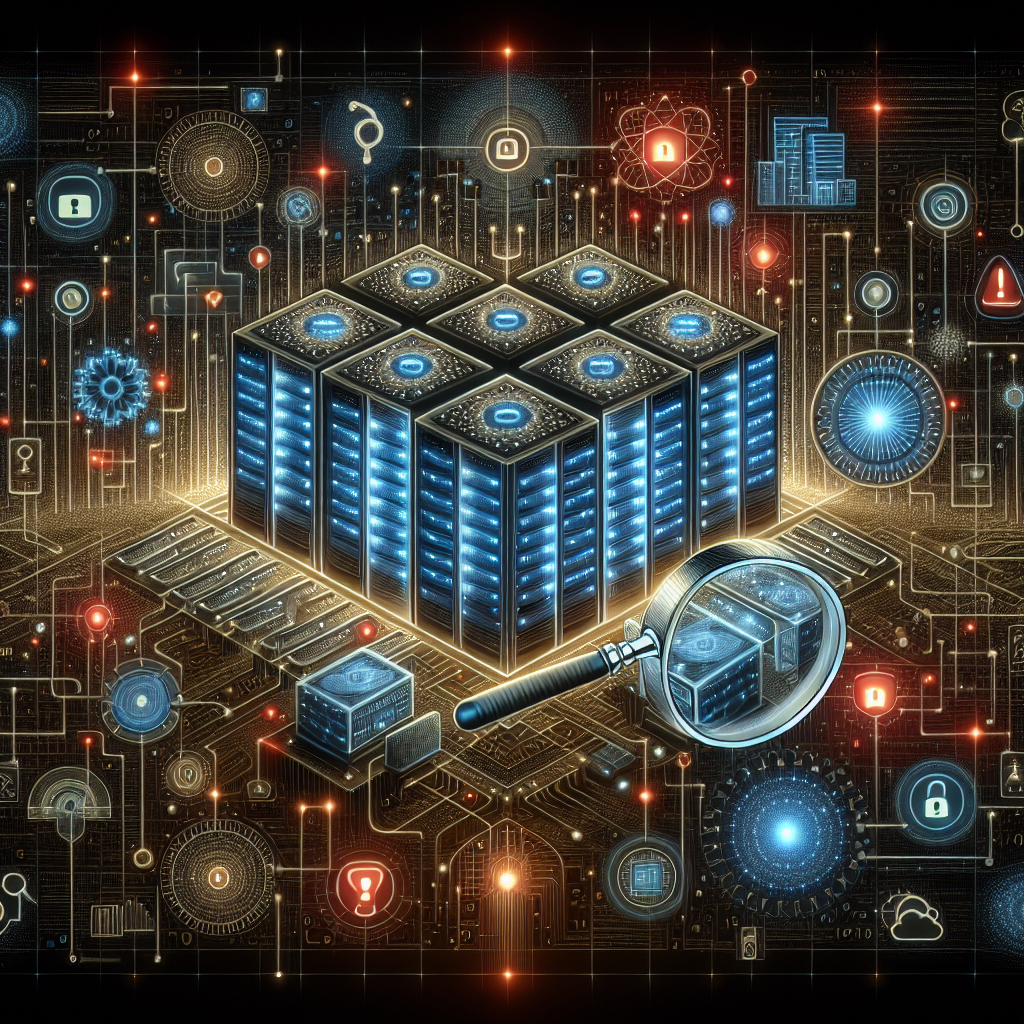
Key Considerations for Evaluating and Addressing Data Center Risks
Data centers play a crucial role in modern businesses, serving as the backbone for storing, processing, and managing vast amounts of data. As such, it is essential for organizations to evaluate and address potential risks that could impact the availability, security, and performance of their data center operations. Here are some key considerations for evaluating and addressing data center risks:1. Physical security: One of the primary risks to a data center is physical security. Unauthorized access to the data center can result in data breaches, theft, or damage to critical infrastructure. Organizations should implement strict access controls, surveillance systems, and security protocols to prevent unauthorized entry and protect sensitive data.
2. Power and cooling systems: Data centers rely on power and cooling systems to ensure optimal performance and prevent downtime. Failure of these systems can lead to data loss, equipment damage, and service interruptions. Regular maintenance, monitoring, and testing of power and cooling systems are essential to mitigate the risk of system failures.
3. Environmental risks: Data centers are vulnerable to environmental risks such as fires, floods, earthquakes, and extreme weather events. Organizations should assess the potential impact of these risks on their data center operations and implement measures to minimize their effects. This may include installing fire suppression systems, flood barriers, and backup power generators.
4. Network security: Data centers are a prime target for cyberattacks due to the sensitive information they store. Organizations should implement robust network security measures, such as firewalls, intrusion detection systems, and encryption, to protect against data breaches and unauthorized access. Regular security audits and penetration testing can help identify and address vulnerabilities in the network infrastructure.
5. Disaster recovery and business continuity planning: In the event of a data center outage or disaster, organizations need to have a comprehensive disaster recovery and business continuity plan in place. This plan should outline procedures for quickly restoring data center operations, minimizing downtime, and ensuring business continuity. Regular testing and updating of the plan are essential to ensure its effectiveness in a crisis situation.
6. Compliance and regulatory requirements: Data centers are subject to various compliance and regulatory requirements, such as GDPR, HIPAA, and PCI DSS. Organizations must ensure that their data center operations comply with these regulations to avoid legal consequences and reputational damage. Regular audits and assessments can help ensure compliance with regulatory requirements.
In conclusion, evaluating and addressing data center risks is essential for ensuring the reliability, security, and performance of data center operations. By implementing robust security measures, disaster recovery plans, and compliance procedures, organizations can minimize the impact of potential risks and safeguard their critical data assets. Regular monitoring, testing, and updating of risk management strategies are essential to stay ahead of evolving threats and ensure the resilience of data center operations.
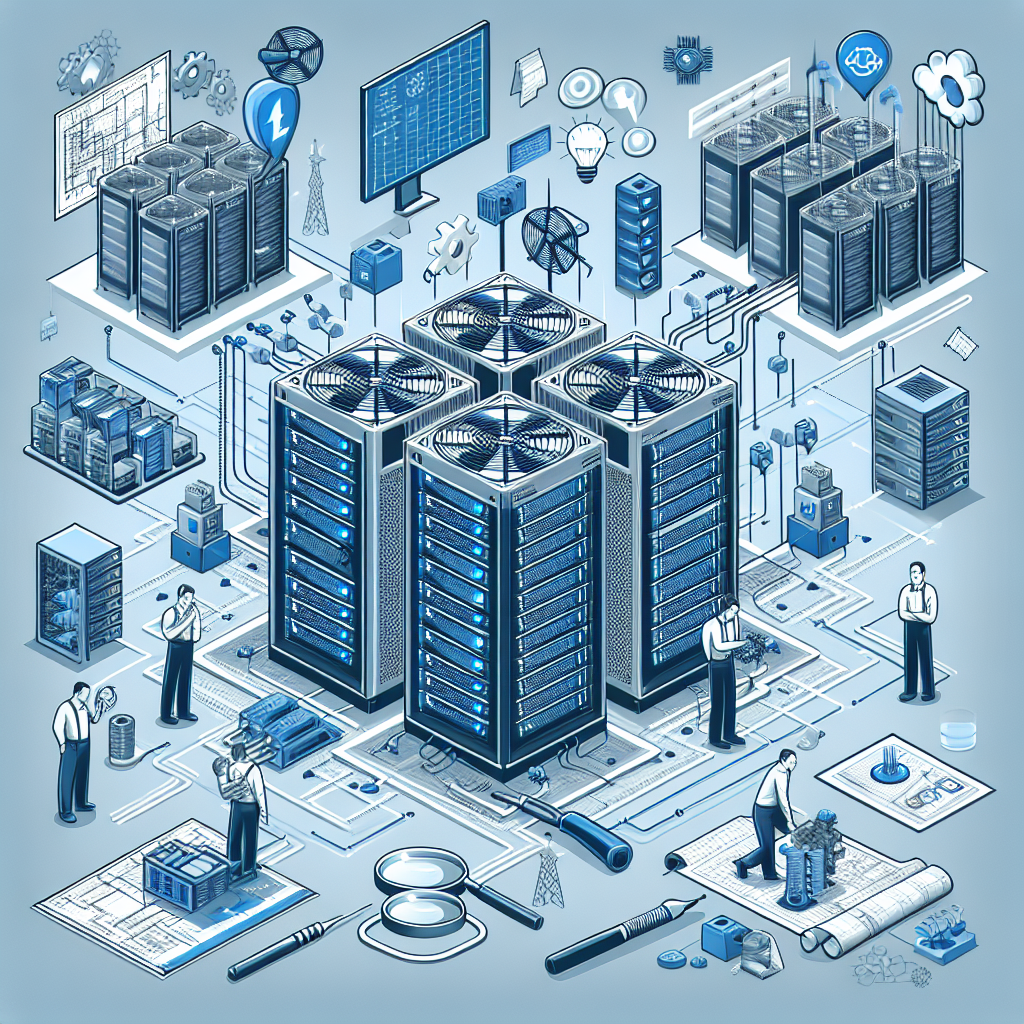
Addressing Data Center Cooling and Power Problems: Troubleshooting Tips
As data centers continue to grow in size and complexity, the need for efficient cooling and power management becomes increasingly important. Without proper cooling and power solutions in place, data centers can encounter a range of issues that can impact performance and reliability. In this article, we will discuss some common problems related to data center cooling and power and provide troubleshooting tips to address them.One of the most common issues data centers face is overheating. When servers and other equipment generate heat, it can quickly accumulate in the data center, leading to high temperatures that can damage hardware and impact performance. To address overheating, data center managers should ensure that they have adequate cooling systems in place. This can include air conditioning units, fans, and other cooling technologies that can regulate the temperature in the data center.
If overheating is a persistent issue, data center managers may need to consider reconfiguring the layout of the data center to improve airflow and ventilation. This can involve rearranging equipment, adding additional cooling units, or implementing hot and cold aisle containment strategies to better manage airflow and temperature distribution.
Another common issue related to data center cooling is power consumption. Cooling systems can account for a significant portion of a data center’s energy usage, so it is essential to optimize cooling systems to reduce power consumption and lower operating costs. Data center managers can achieve this by regularly monitoring and adjusting cooling settings, implementing energy-efficient cooling technologies, and ensuring that cooling systems are properly maintained and serviced.
In addition to cooling problems, data centers may also encounter power issues that can impact performance and reliability. Power outages, surges, and fluctuations can cause downtime and data loss, so it is crucial to have robust power management systems in place. Data center managers should invest in uninterruptible power supply (UPS) systems, backup generators, and surge protection devices to ensure that critical systems remain operational during power disturbances.
To troubleshoot power problems, data center managers should regularly test and inspect power systems to identify any potential issues before they escalate. This can include checking for loose connections, monitoring power usage, and conducting regular maintenance on UPS systems and generators. In the event of a power outage or surge, data center managers should have a comprehensive disaster recovery plan in place to minimize downtime and data loss.
In conclusion, addressing data center cooling and power problems is essential for maintaining optimal performance and reliability. By implementing efficient cooling and power management strategies and regularly monitoring and troubleshooting potential issues, data center managers can ensure that their data centers operate smoothly and efficiently. By following the troubleshooting tips outlined in this article, data center managers can proactively address cooling and power problems and minimize the risk of downtime and data loss.
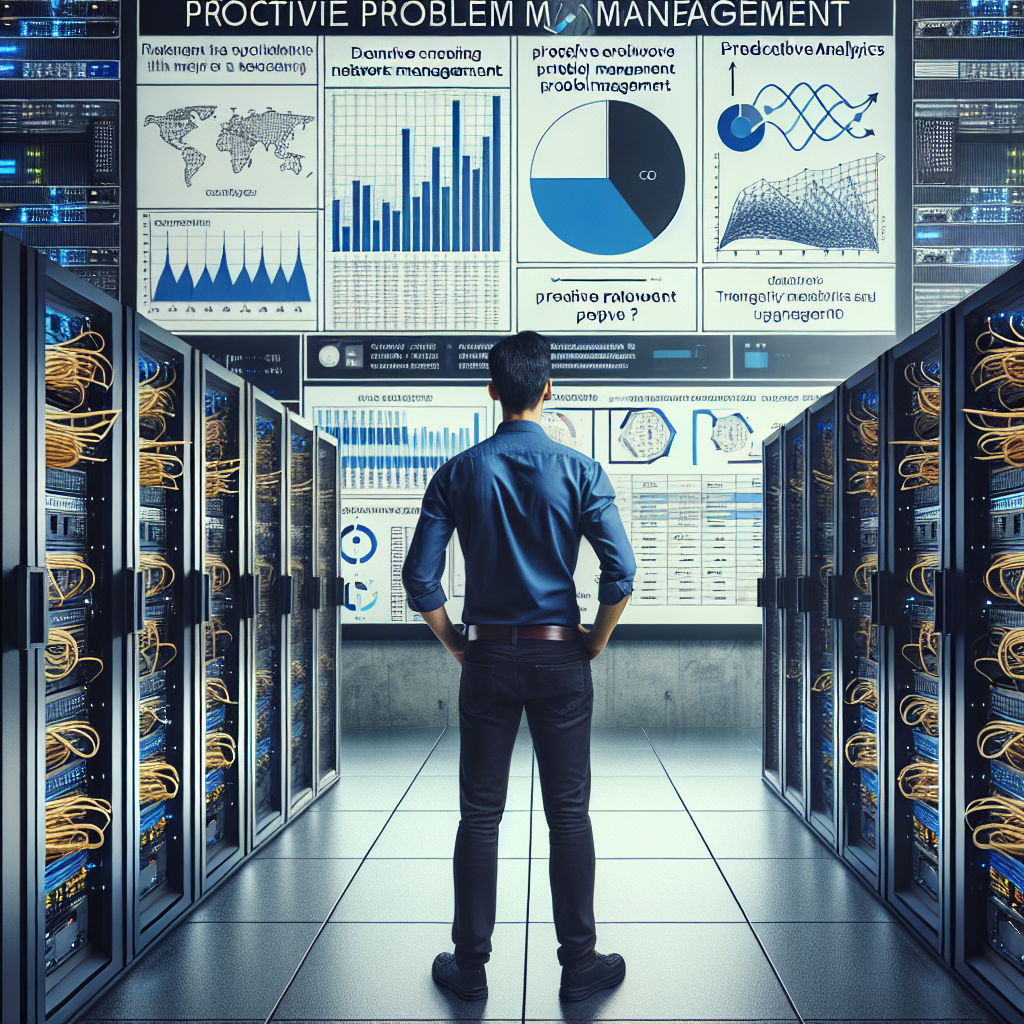
Addressing Data Center Challenges: Strategies for Proactive Problem Management
In today’s digital age, data centers play a crucial role in storing and processing vast amounts of information. As businesses continue to rely on data centers for their operations, it’s important to address the challenges that come with managing these complex facilities. Proactive problem management is key to ensuring the smooth operation of a data center and minimizing downtime. In this article, we will discuss some strategies for addressing data center challenges through proactive problem management.One of the biggest challenges data centers face is ensuring uptime and availability. Downtime can be costly for businesses, leading to lost revenue and damage to their reputation. Proactive problem management involves monitoring and analyzing data center performance metrics to identify potential issues before they escalate into major problems. By regularly monitoring server performance, network traffic, and storage capacity, data center managers can proactively address issues and prevent downtime.
Another challenge data centers face is ensuring security and compliance. With the increasing number of cyber threats and regulations surrounding data privacy, it’s crucial for data centers to have robust security measures in place. Proactive problem management involves regularly conducting security audits, implementing security best practices, and staying up-to-date on the latest security threats. By addressing security issues before they become major breaches, data centers can protect their sensitive information and comply with regulations.
Scalability is another challenge that data centers face, especially as businesses grow and their data storage needs increase. Proactive problem management involves planning for scalability and capacity expansion before it becomes a bottleneck. By regularly assessing data center capacity and performance, data center managers can identify potential bottlenecks and plan for future growth. This may involve upgrading hardware, optimizing virtualization, or implementing cloud solutions to accommodate increasing data storage needs.
In addition to these challenges, data centers also face issues such as cooling and power management, data migration, and disaster recovery. Proactive problem management involves developing strategies and processes to address these challenges before they become major issues. By regularly monitoring and analyzing data center performance metrics, data center managers can identify potential problems and implement solutions to mitigate risks.
Overall, proactive problem management is essential for addressing data center challenges and ensuring the smooth operation of these critical facilities. By monitoring performance metrics, implementing security measures, planning for scalability, and addressing other challenges proactively, data center managers can minimize downtime, protect sensitive information, and ensure the reliability of their data centers. By taking a proactive approach to problem management, businesses can maximize the efficiency and effectiveness of their data centers and stay ahead of potential issues.
